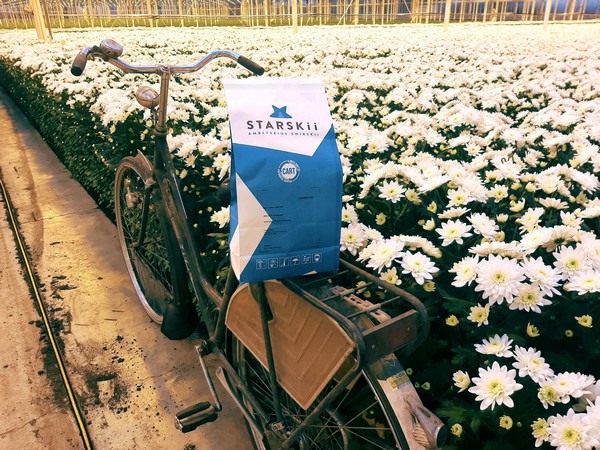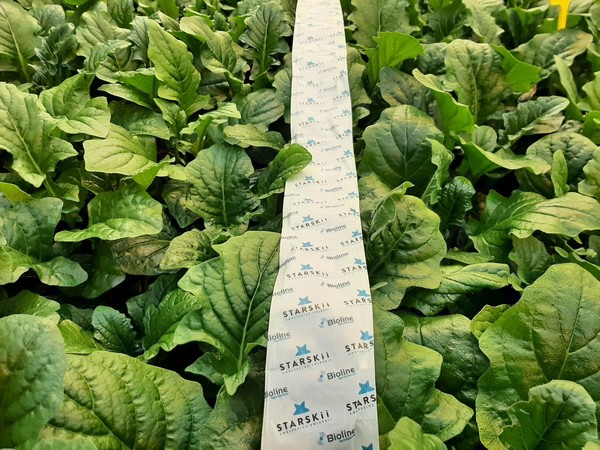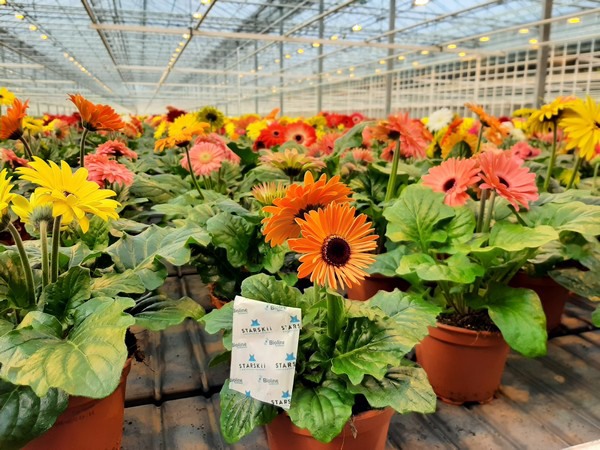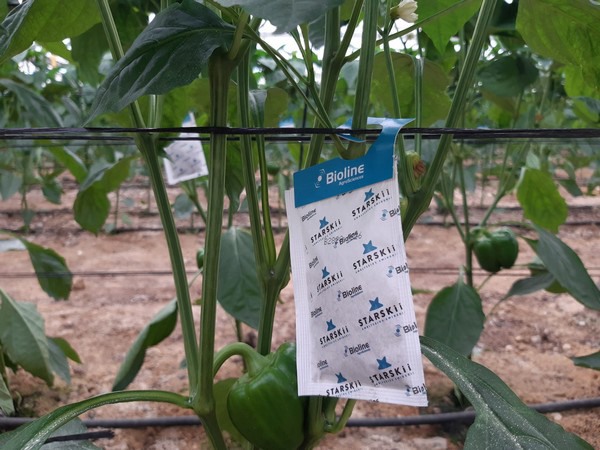The control of pests using BioControl Agents is good news for the environment due to the consequential reduction in the number of conventional pesticide sprays required and is practiced throughout the world with extremely successful results.

Changes in pest pressure require adaptations of beneficials too meaning there is a requirement for new/different beneficials for these pests. In addition, the implementation of biocontrol in new areas and kind of crops/crop systems is creating a demand for adapted release systems able to cope with these new challenges.
Thrips and whiteflies are a common problem on many crops and so a polyphagous predator that eats both is a very useful addition to the IPM program. Amblyseius swirskii is a generalist predatory mite endemic to the Eastern Mediterranean which feeds on thrips and whitefly and also predates tarsonemid mite species, young spider mites, other small insects, and pollen. The predator is extremely mobile and has excellent searching behavior as it covers a large area while foraging. Because A. swirskii attacks a number of pest insects and can survive on pollen and nectar, it can maintain its population even when there are no more thrips or whitefly on the plants, remaining present and able to respond as soon as pests reappear. Since A. swirskii is not susceptible to diapause, it can be used throughout much of the season where the climate is suitable.


A. swirskii has been available commercially for several years proving itself a good predator of thrips and whitefly at warmer temperatures making it favored for use in hot climates; STARSKii contains Amblyseius swirskii mites selected for factors that make them a more successful predator. The ability to tolerate fluctuating temperatures and humidities enabling it to be used in a wider range of environments where the conditions may not be ideal for other mite species. The attributes of higher fecundity and health of the females mean greater longevity and egg-laying potential; so faster and greater establishment in the crop as a consequence of more eggs being laid for an extended period.
Bioline Agrosciences has created CART ‘Climate Adapted Release Technology’ covering current and future development of underlying production systems. The commitment to quality throughout production and on release that Bioline gives to all its products is strengthened in STARSKii with a guarantee of freshness and performance. When combined with a controlled release system sachet, with newly developed materials, the ideal conditions within the sachet are ensured, and therefore the highest-quality mites released onto the crop.


The technology behind STARSKii means the mites are healthier on release and able to survive more than 6 days without food in the crop. The ability to withstand stress conditions ensures whitefly and thrips are controlled in different cropping systems, protected, semi-protected and open fields and many crops, vegetables and berries, fruits and grapes, ornamentals, row crops, and medicinal crops. The availability of many different controlled release systems such as bugline and sachets ensures that the mites can be introduced easily in different cropping systems.
 Bioline AgroSciences
Bioline AgroSciencesTelstar Nursery,
Holland Road, Little Clacton,
Essex CO16 9QG, UK
+44 (0) 1255 863200
sales@biolineagrosciences.com
www.biolineagrosciences.com
